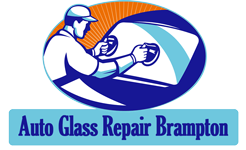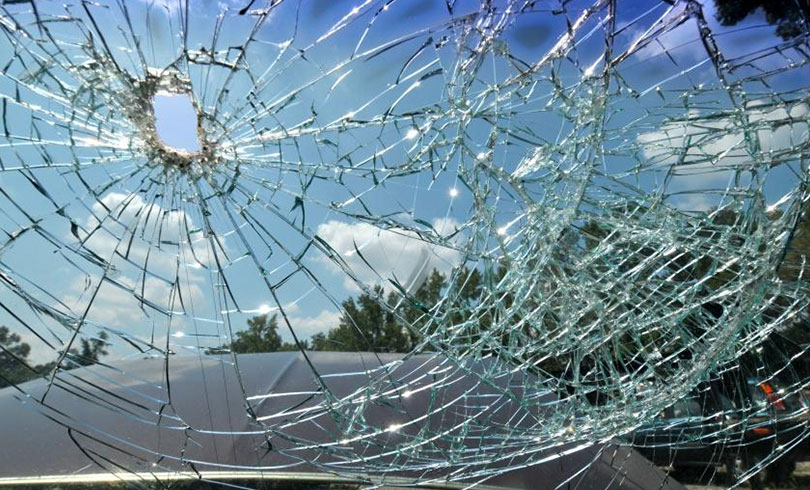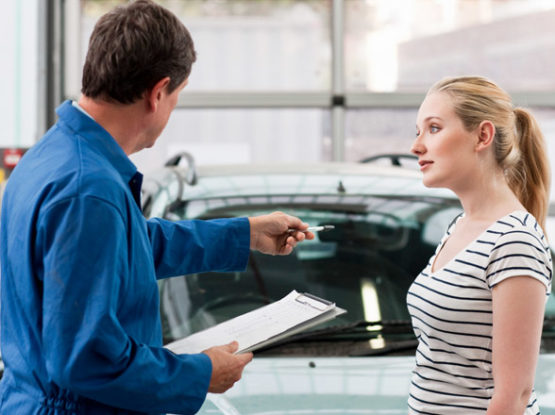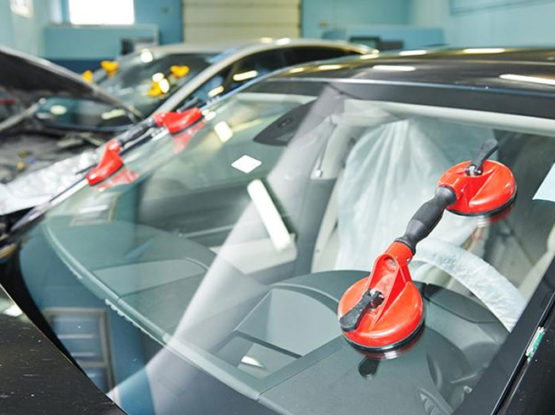Sobering Numbers
It simply goes without saying that most creatures don’t do well in almost any meeting using a car. Nevertheless, you might not understand that injuries affecting wildlife are expensive and disastrous for motorists at the same time.
The best way to Decrease the Risk
While a vehicle hits some wildlife every 39 minutes normally, most events occur at daybreak, twilight, and at nighttime, when creatures are most active.
LPT: What to do when you are driving and may hit an animal.
byu/someguyfromcanada inLifeProTips
Constantly know about twists and turns in the trail, and understand that you aren’t able to see too far ahead. Use your high beams whenever possible and reduce the rate to 45 miles per hour, or even 30 miles per hour on icy surfaces. Lower the lights in your dashboard, as this makes it simpler to see the reflective eyes of an animal.
When You Do See a Creature
Most (89%) auto-wildlife crashes happen on two-lane roads, particularly those bordered by fields and trees. Keep your eyes open, studying the shoulder for just about any hint of motion. Should you see an animal on the right or left side of the street, slow down dramatically, and don’t hesitate to make use of your horn. Creatures are unpredictable deer happen to be proven to jump to the trail of a vehicle when startled, in the place of running away.
https://www.facebook.com/jcyrus/videos/10154449076444910/
Lastly, whenever an animal does cross before your car or truck, be prepared to get a sub, pal, or infant to be following close behind. Creatures frequently roam in pairs or groups and can make an effort to stay together, notably when frightened.
To prevent all road risks it’s important to get in touch with Auto Glass Repair Brampton – Auto Glass Service and maintain your dash clear of litter, your windshield tidy, and never procrastinate about fixing the damage.





